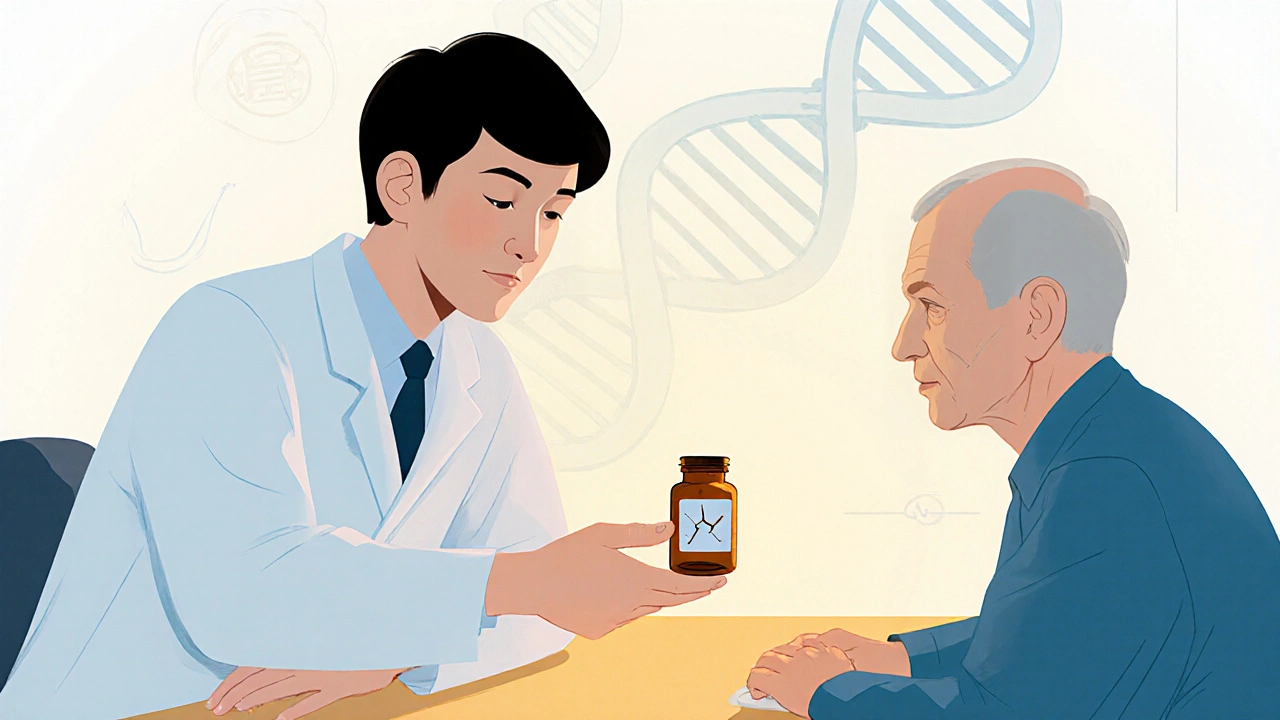Chemotherapy Drugs
When talking about Chemotherapy drugs, medications designed to destroy or halt the growth of cancer cells. Also known as cancer chemotherapy, these agents are a cornerstone of modern oncology and affect everything from dosing schedules to patient quality of life. Chemotherapy drugs are not a single pill; they are a family that includes alkylating agents, antimetabolites, anthracyclines, and newer targeted therapies. Understanding how each class works helps doctors balance effectiveness against side effects, and it lets patients ask the right questions about their treatment plan.
Major drug families and what makes them different
One of the most widely used alkylating agents is Cyclophosphamide, a drug that adds alkyl groups to DNA, breaking the cancer cell’s ability to replicate. It’s often paired with other drugs in regimens for lymphomas, breast cancer, and autoimmune diseases. Another key player, an anthracycline, is Doxorubicin, which intercalates DNA and generates free radicals that damage cancer cells. Doxorubicin’s strength comes with a heart‑risk that doctors monitor closely. Then there are antimetabolites such as Methotrexate, a folate antagonist that stops cancer cells from making DNA building blocks. Methotrexate is used for leukemias, osteosarcoma, and certain solid tumors, and it requires careful kidney function checks. Each of these drugs illustrates the broader semantic triple: *Chemotherapy drugs encompass alkylating agents, antimetabolites, and anthracyclines*; *Each class requires specific dosing and monitoring*; *Side‑effect profiles influence choice of regimen*.
Side effects are the third essential entity in this conversation. Side effects, unwanted reactions ranging from nausea to hair loss, organ toxicity, and infection risk shape how oncologists design a schedule and decide whether to add growth‑factor support or adjust doses. For instance, cyclophosphamide can cause bladder irritation, so patients receive hydration and sometimes a protective medication. Doxorubicin’s cardiac toxicity means regular echo checks, especially for those receiving high cumulative doses. Methotrexate may lead to liver enzyme elevation, prompting routine blood work. By linking drug class, dosing strategy, and side‑effect management, we see how *effective chemotherapy depends on monitoring side effects* and *personalized dosing helps mitigate risks*. Below you’ll find a curated set of articles that break down each drug, compare alternatives, and give practical tips on managing side effects, so you can navigate your cancer treatment with clearer insight.

Chlorambucil vs Other Chemo Drugs: Effectiveness & Side Effects Compared
A clear, side‑by‑side look at chlorambucil versus other chemo drugs, covering response rates, safety, dosing, and practical tips for patients and clinicians.